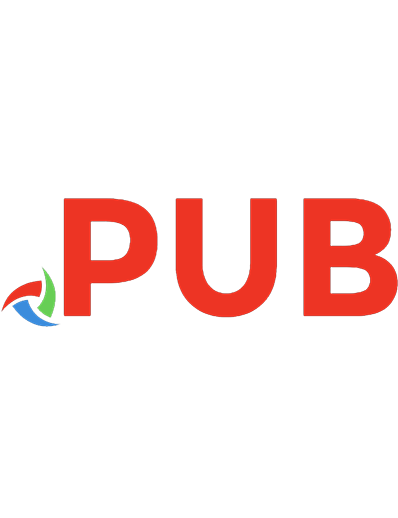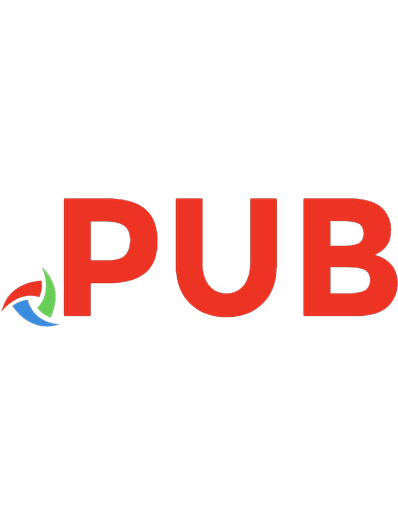Local Dynamics of Industrial Upgrading: The Case of the Pearl River Delta in China 9789811542978, 981154297X
This book examines industrial upgrading in China’s Pearl River Delta (PRD), with a specific focus on how strategic coupl
530 72 11MB
English Pages 222 Year 2020










